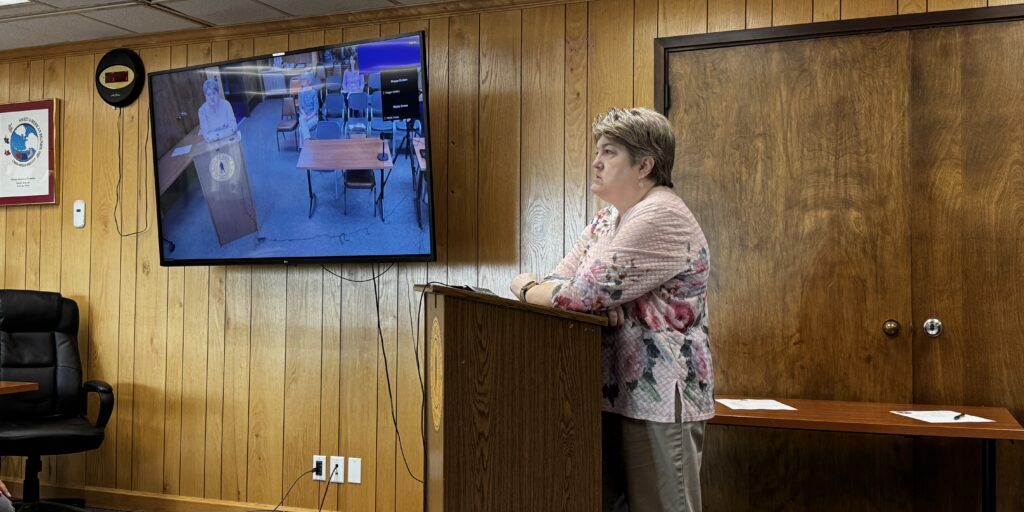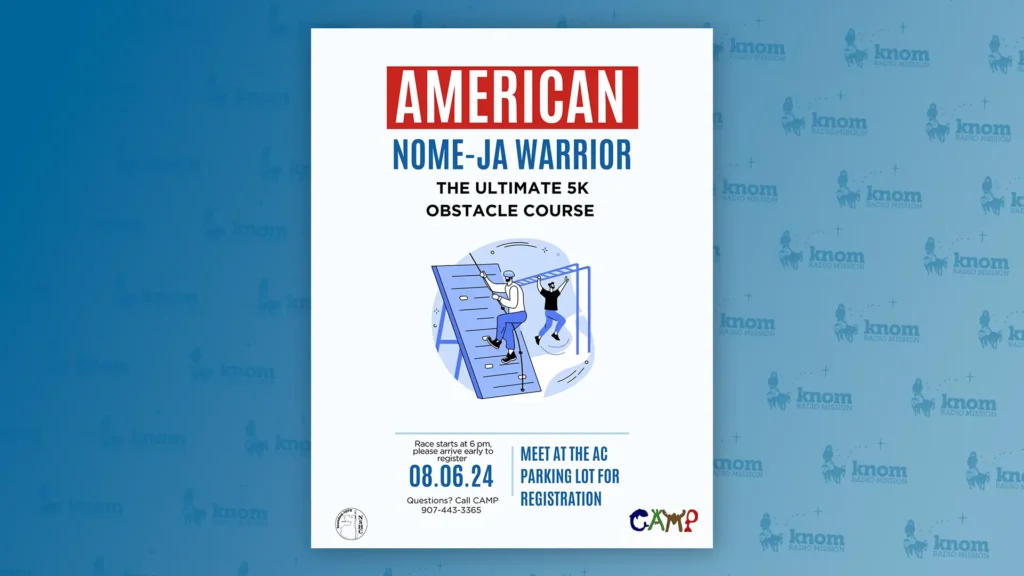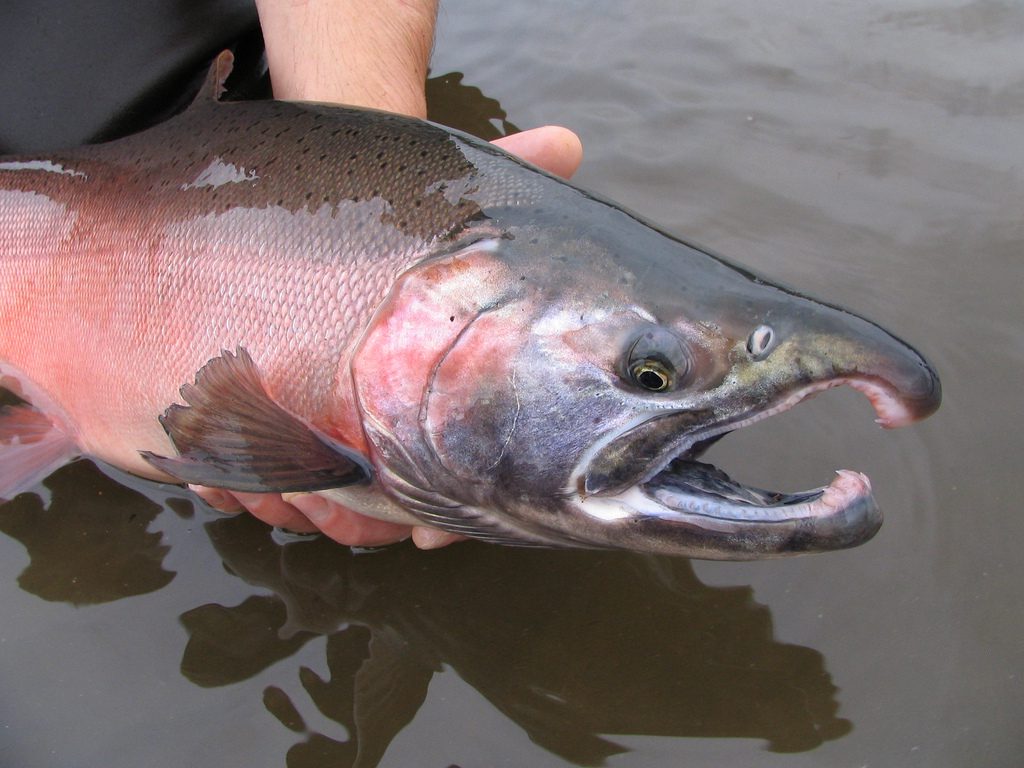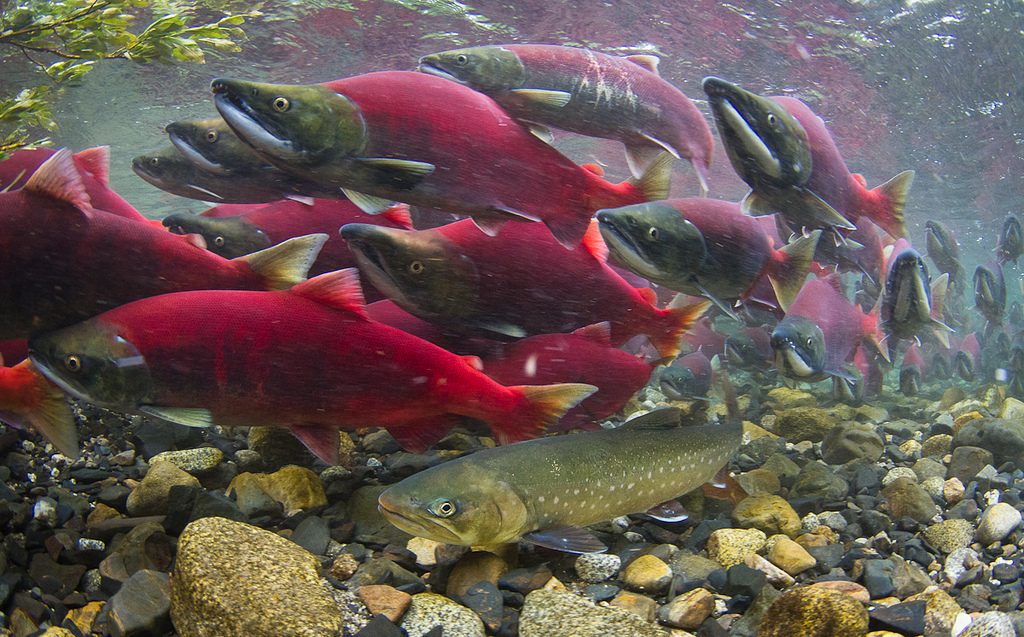As the salmon season begins tapering off, returns across much of western Alaska have been above average. But there’s one fishery where the commercial harvest is shattering recent precedents: Kotzebue. And the cause is a mix of Mother Nature and marketing.
Further south, during a Yukon River Drainage Fisheries Association teleconference on Tuesday, Alaska Department of Fish and Game managers heard subsistence reports from the mouth of the river all the way to Canada. Unfavorable easterly winds by Emmonak are keeping a big pulse of fall chum from starting their upriver journey. And managers are holding off on commercial openings by the mouth—due in part to concerns from upriver communities about not yet having had enough subsistence openings to meet their needs.
In some areas of the Norton Sound, Coho runs are on course to break record returns set in 2006, leading managers to open a 72-hour commercial period in the waters near Unalakleet and Shaktoolik.
But up North, Kotzebue is in the midst of one of its best commercial chum seasons ever. Part of the reason for that is an exceptionally strong run size. However, dockside economics are playing a role, too.
“We just could not have taken advantage of the number of fish that we’re getting this year without having three buyers,” explained Seth Kantner, who has been commercial fishing in Kotzebue Sound since the ’70s, and has seen the fishery in peak and crash.
“In the ’90s things just kept tapering down—less of us fishing, almost where it was embarrassing to say you were fishing, as people thought it was a waste of time. At that point the prices just kept going to .25, .23, .19, .17 [cents per pound], and a lot of those years there weren’t that many fish, either,” Kantner recalled. But competition among the three salmon buyers in Kotzebue this year has raised the price per pound of chum to levels not seen in decades.
Not long ago, commercial fishing in Kotzebue was nearly dead. In 2002, with no local buyer, Kantner recalls having to pack and ship fish out himself—and not earning any more on the price paid per pound for it. The total value of the fishery that year was just $7,572, according to figures collected by ADF&G from the three permit holders.
This year, by contrast, the commercial fleet is expected to pull in about $3 million. In a single eight-hour opening at the end of July, 68 permit-holders pulled 64,246 chums out of their nets–more than half-a-million pounds of salmon, all of it bound for a market.
That, according to Maniilaq Vice President Nate Kotch, is partly biology from a good brood year, but also the payoff from a five-year branding campaign.
“These fish are being marketed,” Kotch explained. “And the brand that we have, of course, is Arctic Circle Wild Salmon.”
Maniilaq Services is the business arm of the Northwest Arctic Borough’s regional non-profit. Kotch says the company is committed to the fishery’s long-term development. They spent years brand-building at food expos in Asia, Europe, and the East Coast–ground-work for their eventual aim of building local processing facilities.
Competition has also shifted the burden of coordinating complicated logistics back onto the buyers, who are under pressure to get fish from Kotzebue to processors in Anchorage—typically in 12 hours or less.
“We have a charter coming in tonight,” Kotch said, outlining Maniilaq Service’s operations. “It’ll come in at about 11 o’clock at night. And we’ll put the fish that we caught between 5:00 and 11:00 on that to get it down.”
“All three buyers,” Kotch continued, “are really working with the airlines to get that product back to Anchorage in the best possible condition that those fish can be in, so that we can sell them at a very high marketable price.”
It’s unlikely that high dock prices and such robust chum returns are going to repeat year after year. But the fishing fleet’s viability for the future is looking better, with enough cash from this season to go towards reinvestments in equipment, making it financially worthwhile to get back in the water next year.
And during the lean months, the cash injection makes a huge difference.
“Summer time in this region is the hardest time on people,” said Kotch, who also sits on the Kotzebue City Council. “People get really behind on their ability to pay for bills and get the necessities that they need for the upcoming winter. This year is different.”
Kotch and ADF&G anticipate another two weeks or so of commercial openings that are likely to push this year’s harvest up to the third best on record.







